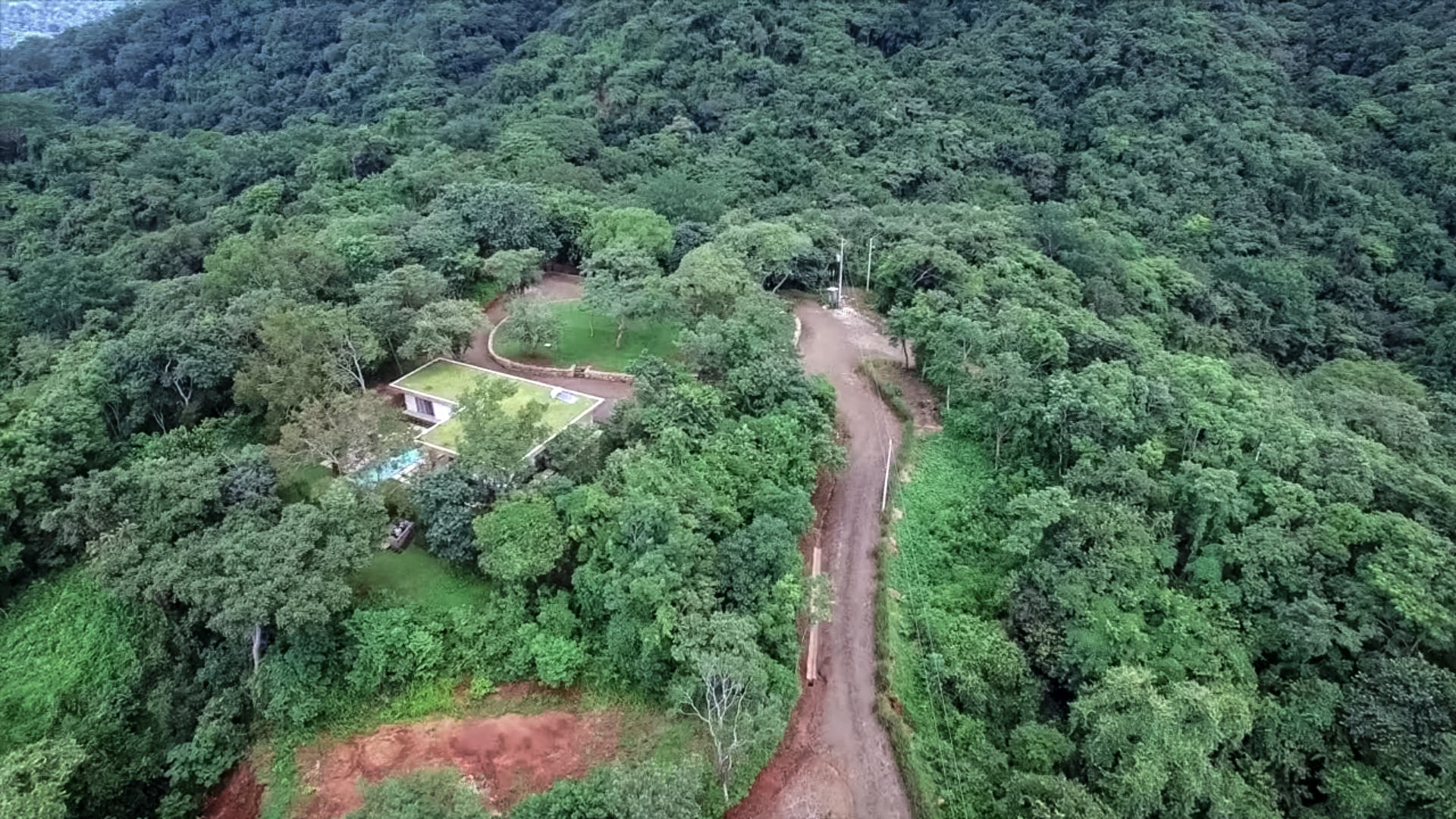
Real estate developer Nosara Hills reached an agreement with the National System of Conservation Areas (Sinac) to reforest 2,5 acre with 500 trees, following a complaint by the Nicoya City Hall alleging environmental damage to the property.
The reforestation project has a value of $7,300. The parties also agreed to a $250 donation to the Nosara School.
The plan is part of environmental court’s resolution 149-19-TAA handed down in January and seen by The Voice.
The TAA’s investigation started in September 2016 when Jorge Isaac Esquivel, coordinator of the City of Nicoya’s environmental department, filed a complaint with the TAA over excavation and disappearance of vegetation in Nosara Hills without permis from the local government or the Technical Environmental Secretariat (Setena).
Nosara Hills owner Maryon Peri says that the project wasn’t as big as the city claims, but admits that roadway improvements were done without permits.
We made the mistake of not getting a permit, because at the time there weren’t any important trees and because the maintenance we did was on existing roadways,” Peri says. “Our project has been ecological since it started. The water is reused for irrigation, we produce solar energy and we always had a plan to sow plants,” he says.
In 2018, while the TAA was investigating, Peri presented a plan to reconcile the dissapeared vegetation that recommended reforesting with native species.
“It was taking too long. We had the whole project advanced and we were ready, The TAA issue was holding us back,” Peri says.
The Tempisque Conservation Area and Sinac approved the reforestation plan.
“This office considers that the reparation plan compensates and mitigates the damage caused and agrees to approve the Proposal for Reparation, Mitigation and Environmental Restoration offered by the plaintiff, Nosara Hills,” the document says.
City coordinator of the environmental department Jorge Esquivel, says that the plan lacks compensation for the loss of soil.
Nothing can be done to recover it, but it could have been quantified and compensated with a social investment.” Esquivel had said that he would accept the court’s ruling.
The Origins
In 2014, the Nosara Development Association (ADIN) reported to the City that the stream that ran through Barrio Gutiérrez in their district had sediment. The local government conducted the investigation and found ouy dirt excavated from Nosara Hills.
Peri says that there is no certainty that the sediments came from her property, but the city issued an environmental resolution that year that gave the development three tasks to rectify the excavation: building a canal system for rainwater, creating a reforestation plan with native species and financing an environmental education program.
The parties disagree on what happened then. The city’s environmental chief says that Nosara Hills only complied with the order to build a canal system. Peri says that they were working on all three.
When they city discovered that the tasks weren’t being completed, they filed a complaint with the court.
Now, Sinac must conduct inspections every six months in order to determine the progress of the compensation plan. Peri says they are committed to not letting anything delay the development of their ecological project. “We are going to keep our own records because we don’t want someone to come by in three years and say we didn’t comply.”




Comments